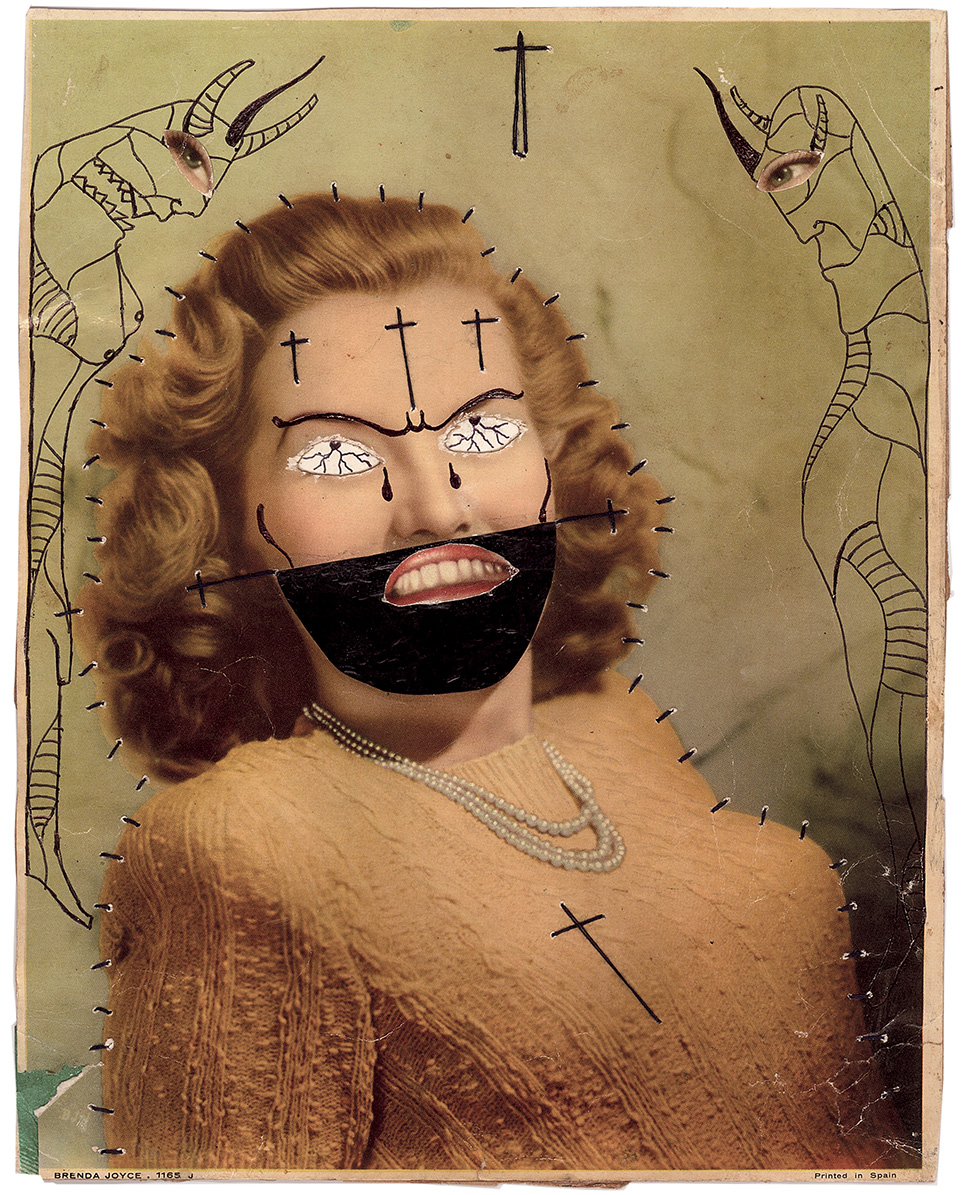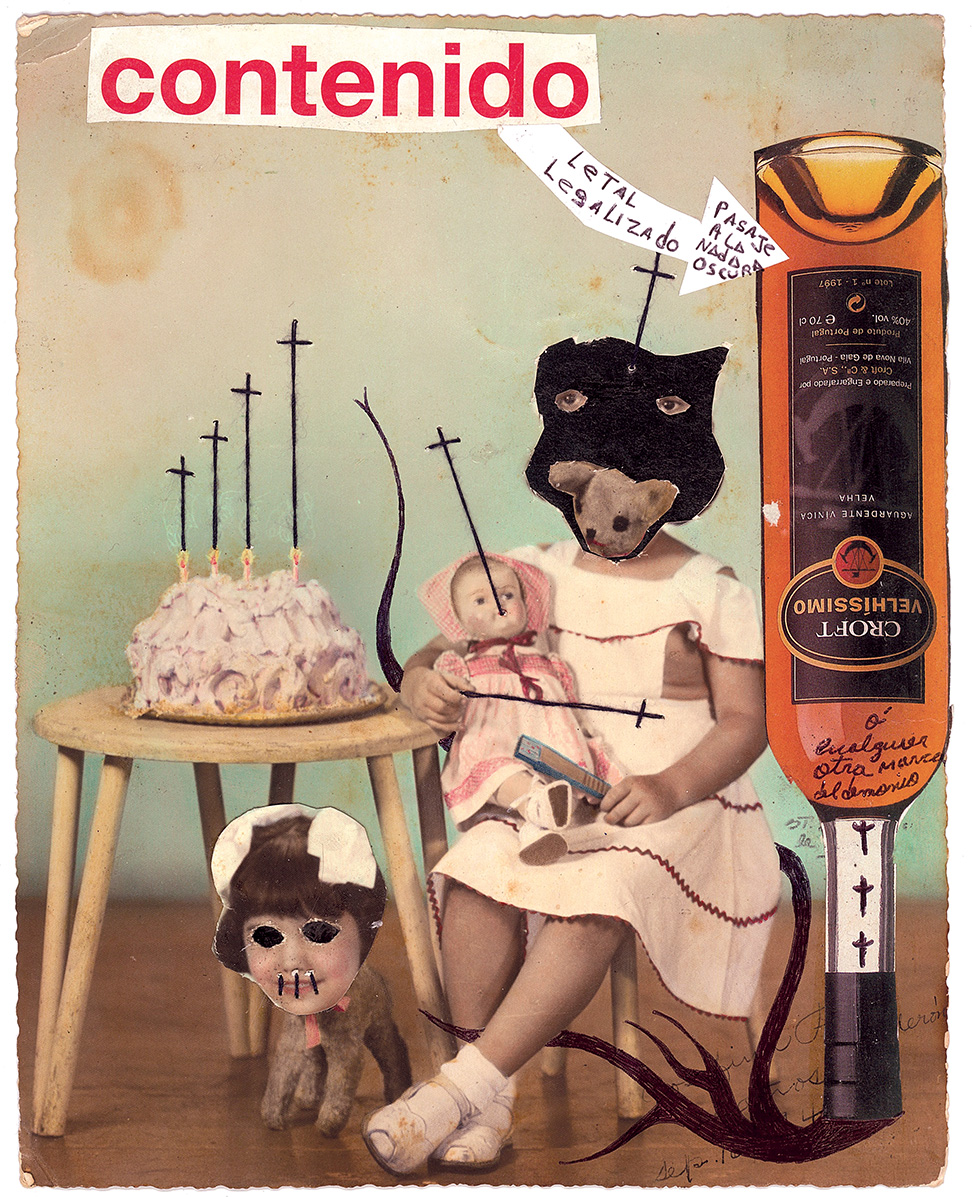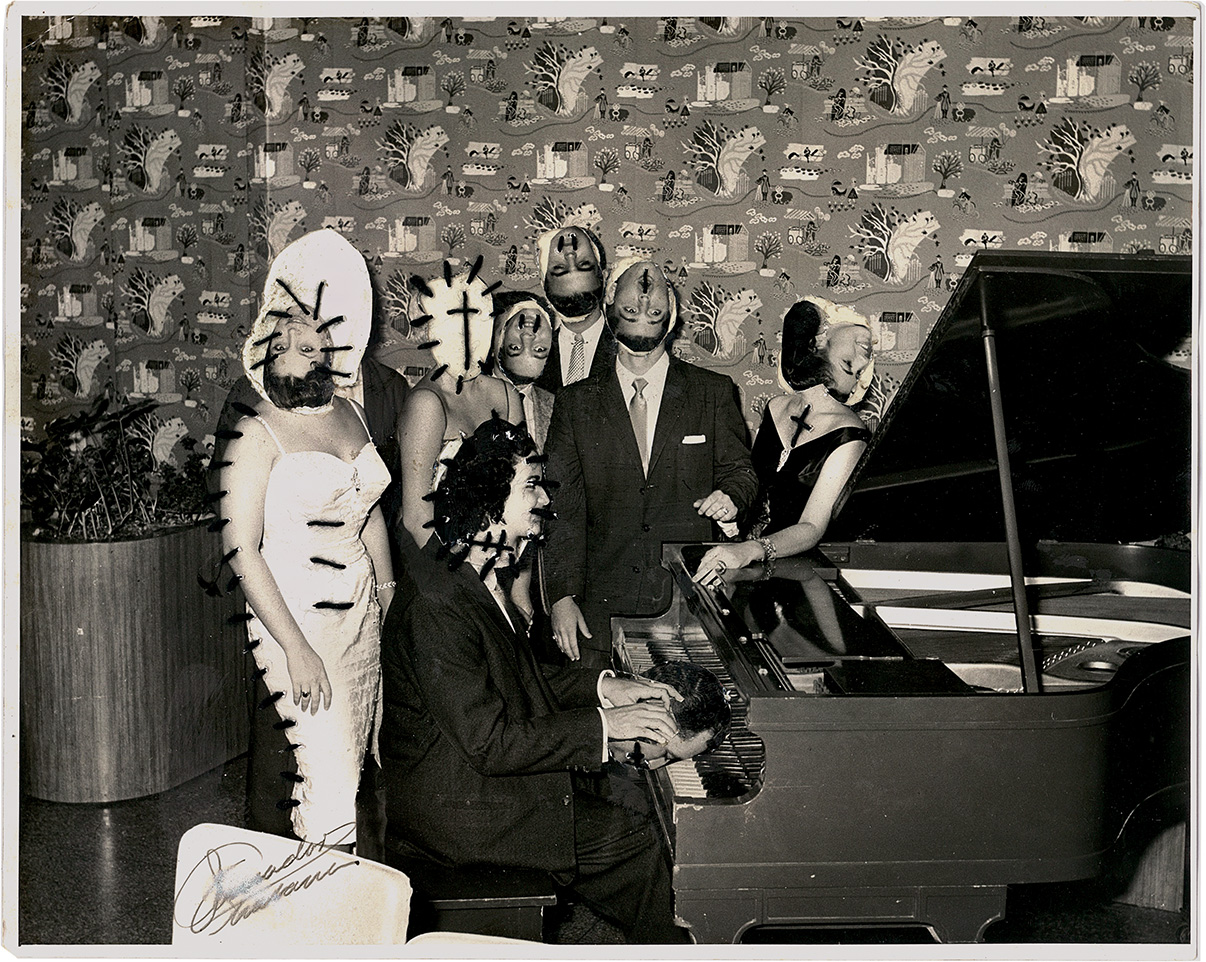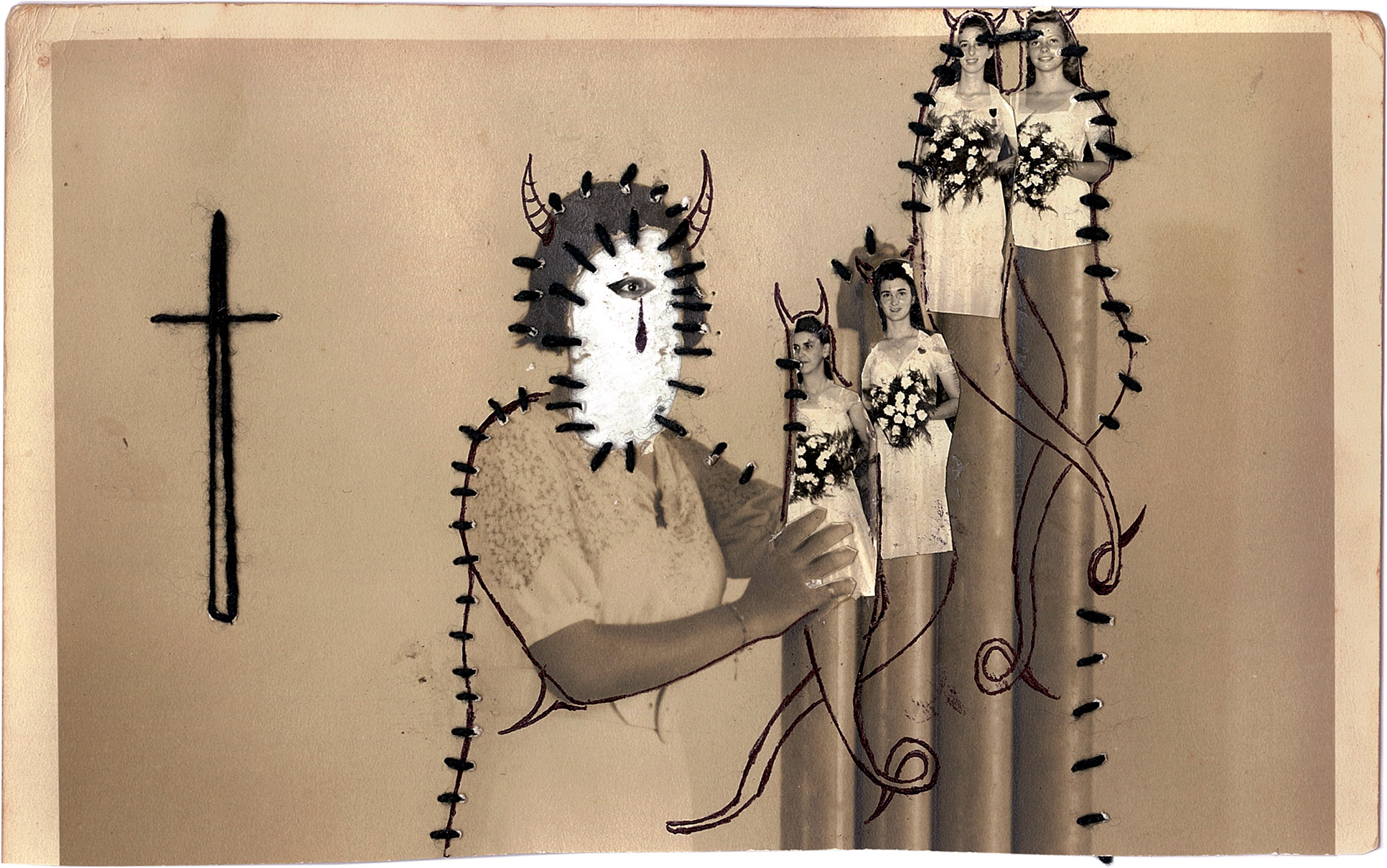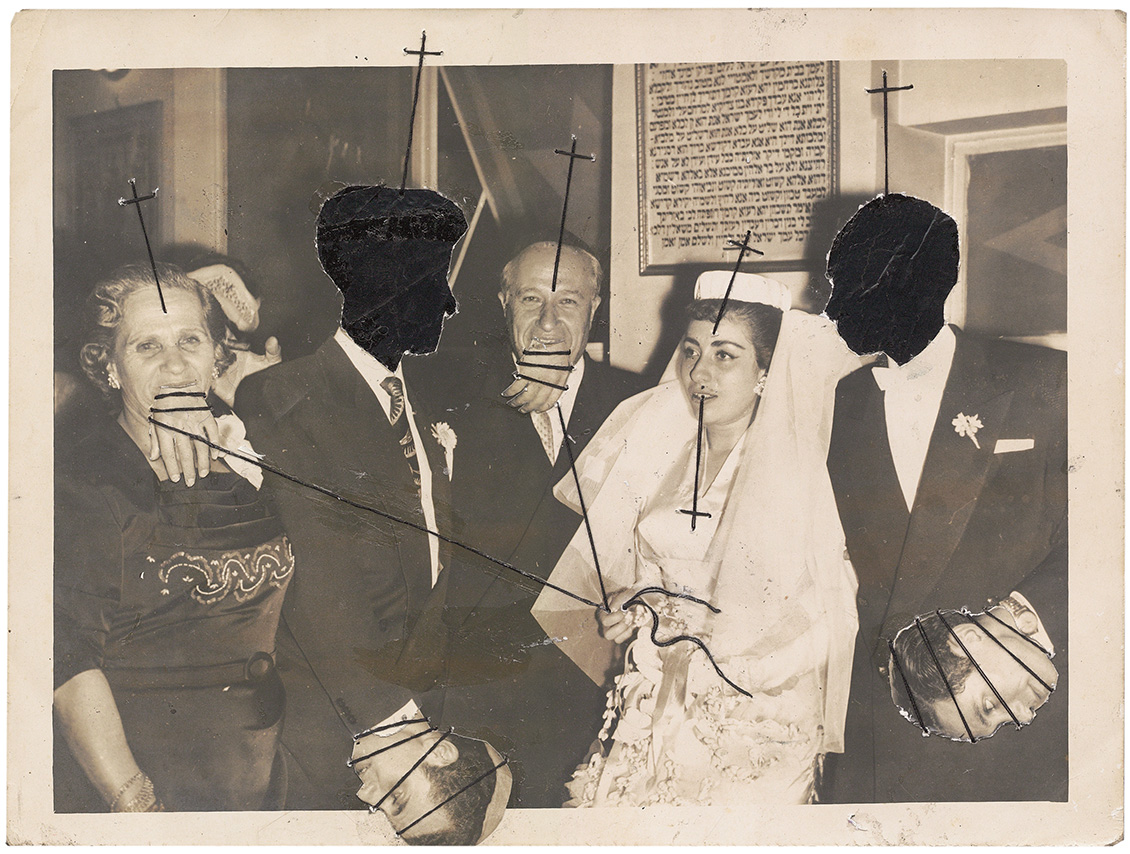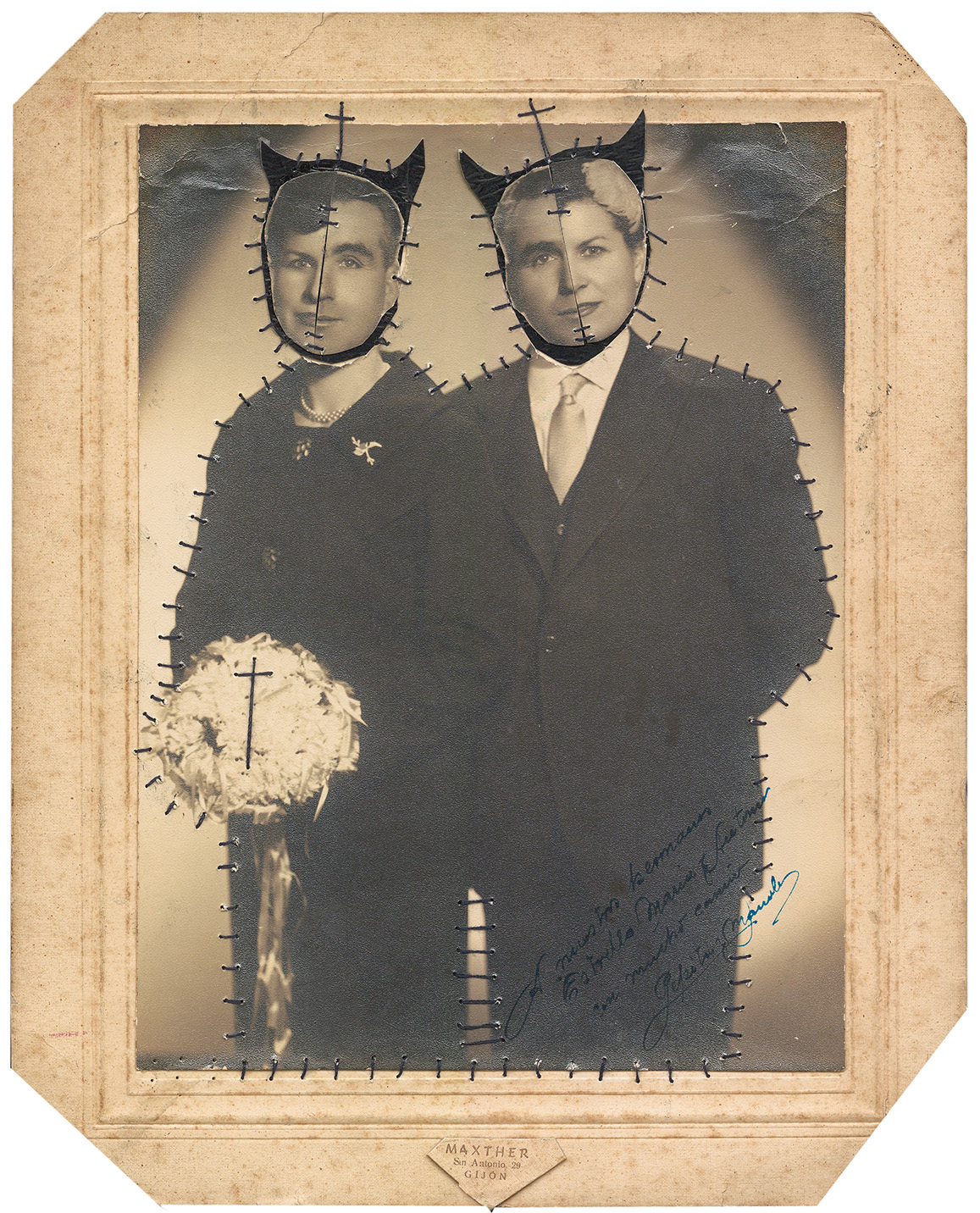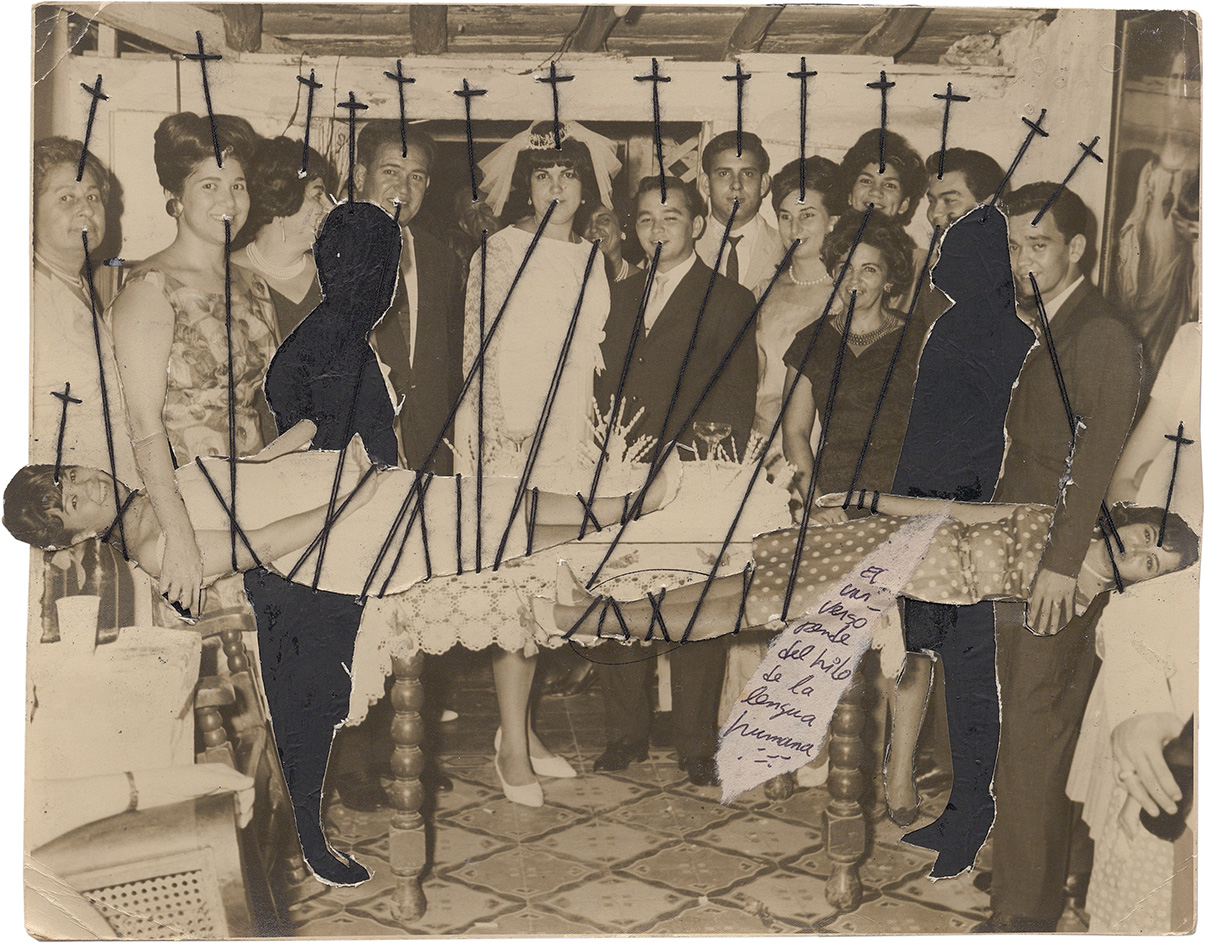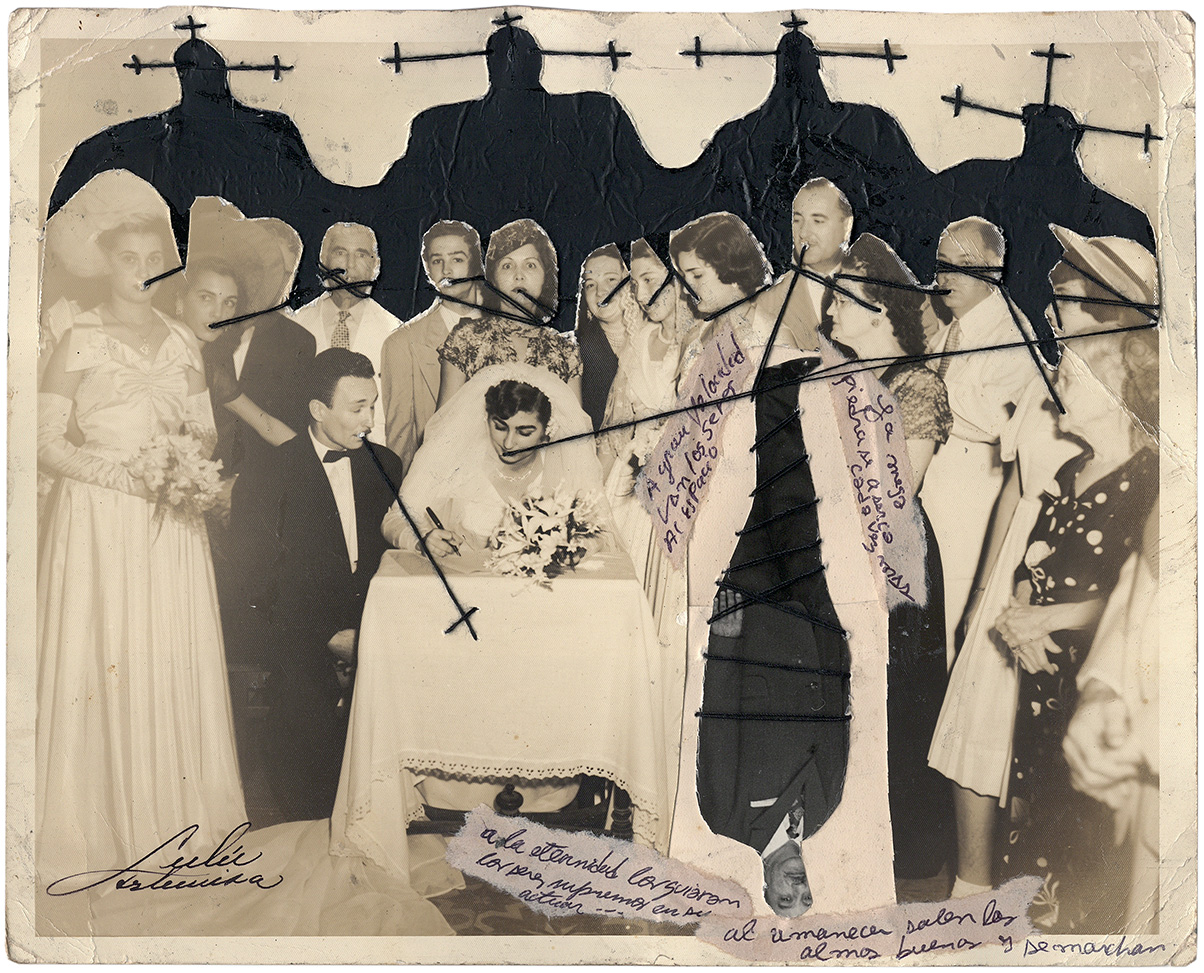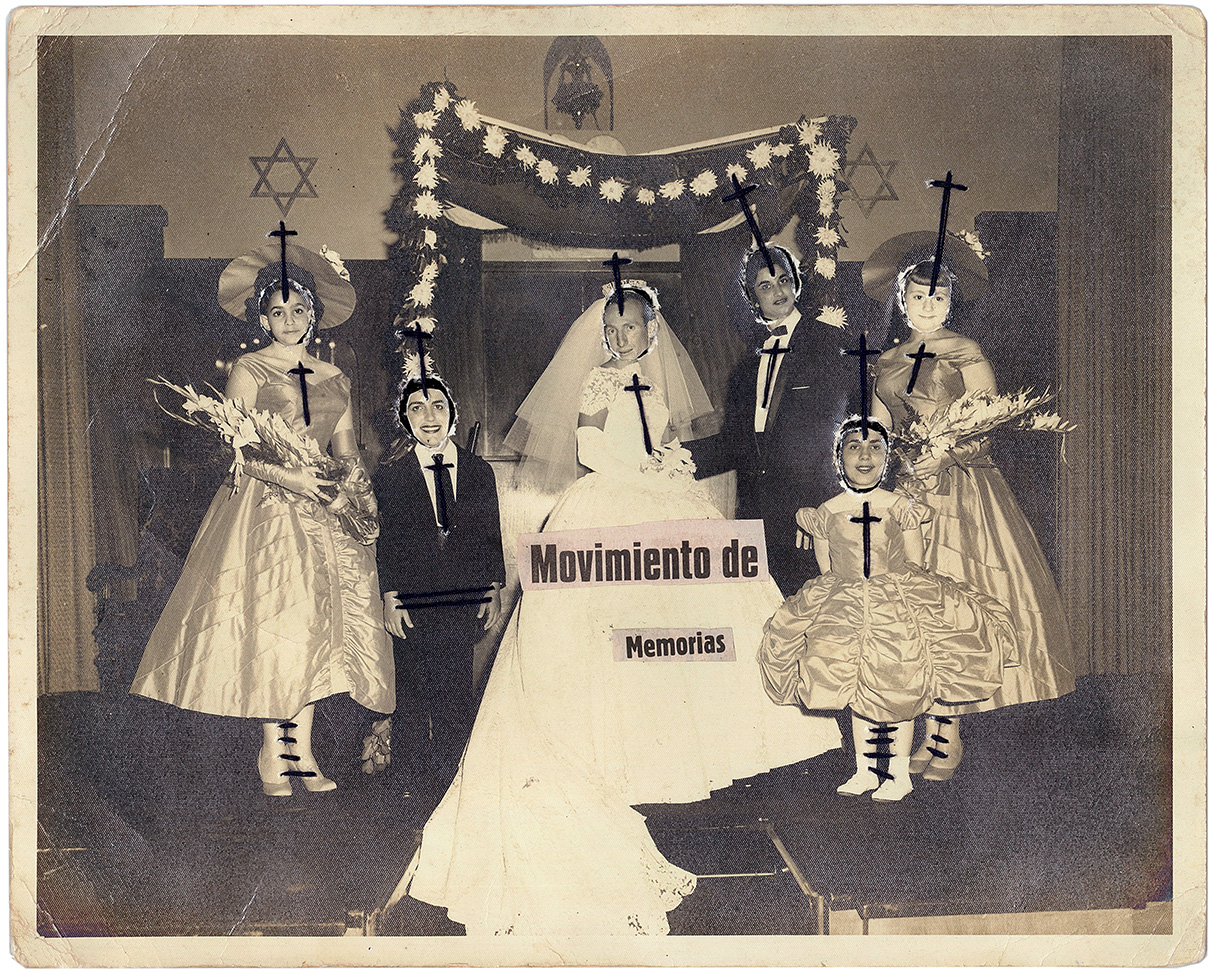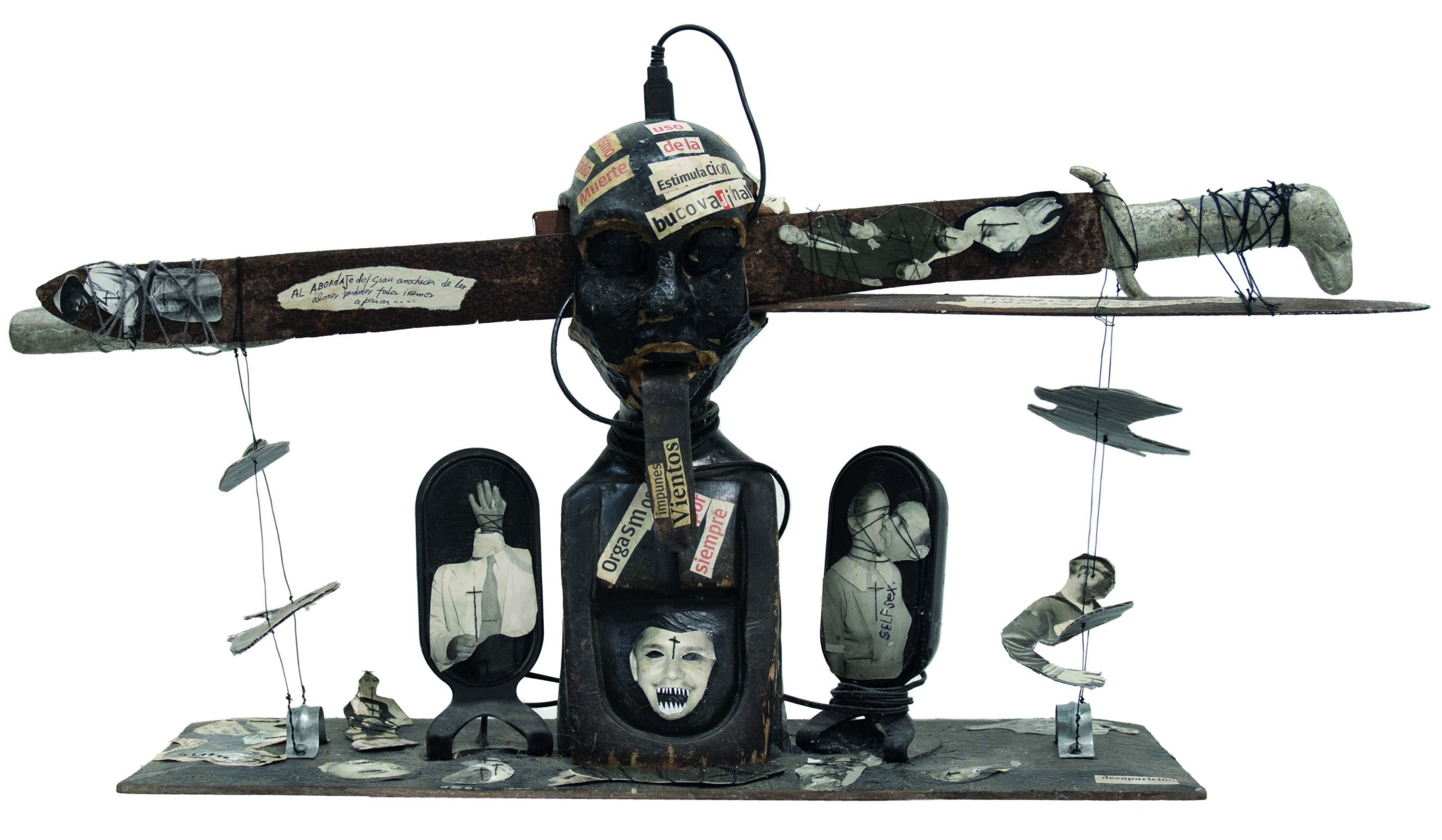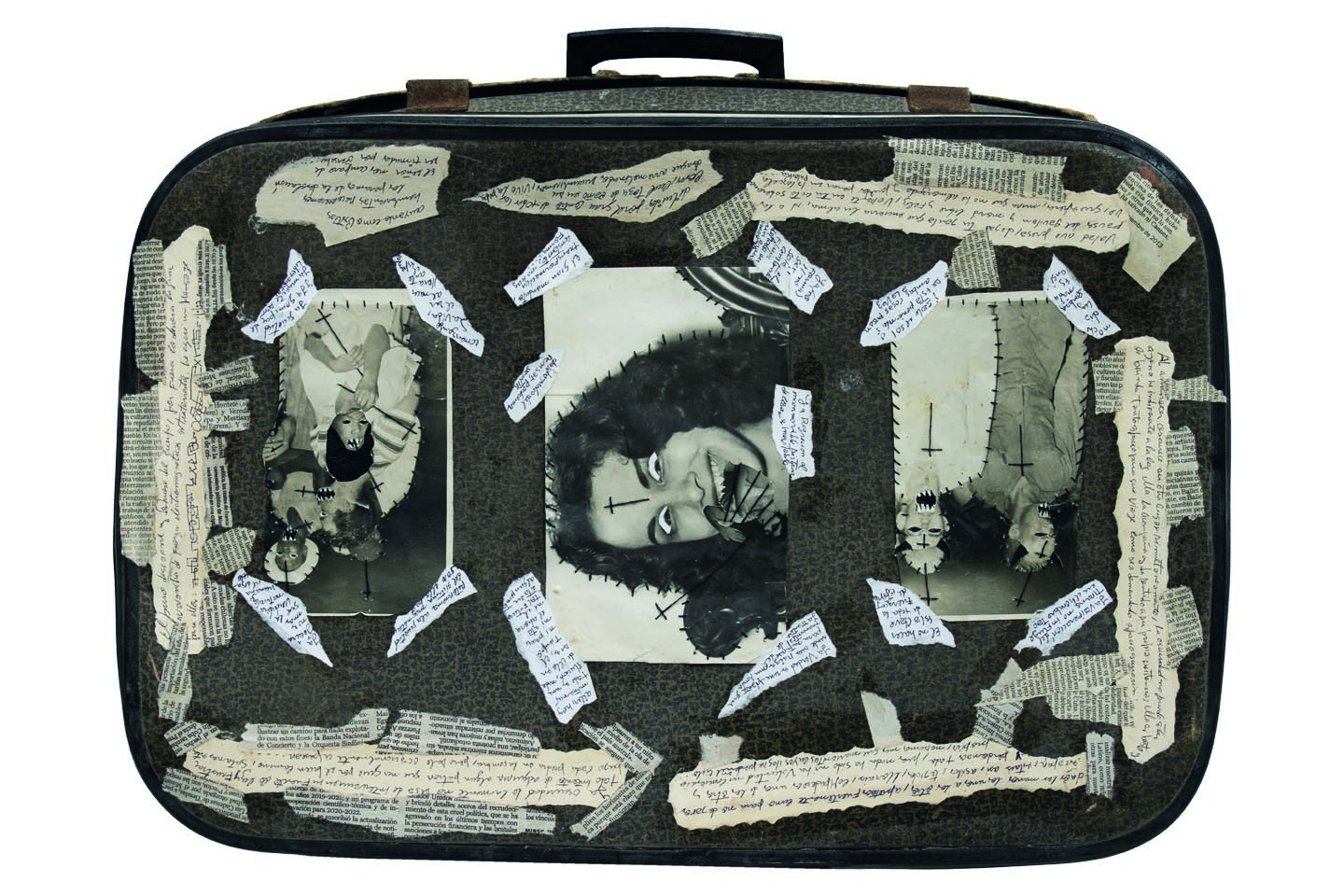Cadi, Jorge Alberto
Cuba, 1963
Jorge A. Hernández Cadi, “El Plongeur”, first started to collect furniture and other items that he retrieved from trash cans, to recover and sell them. His lack of money and repeated bouts of schizophrenia led him to marginalised situations of precariousness. In the midst of deep despair, he even tried to kill himself. Some of the items he recovered from trash cans began to catch his attention: old photos, tin cans, suitcases, cameras, medication trays, toys. He kept them all at home, leaving him little room to move. During this period, I felt that he sensed a certain need to modify them, and combine them together, to create something from all of these found emotions, and the life stories that they harboured. Without knowing why, he was interested in provoking contradictions in these modified objects and photos, creating tensions related to social problems, such as homosexuality or human conflicts generated by mental illnesses. He cut up the photos, and then stitched them together, choosing the precise elements that he glued and articulated together. He thereby created works that only he could appreciate, which he then displayed on the walls of his home. While working, he feels that he is somehow usurping the emotional intentions of the former owners of these objects. He knows that what he touches was rescued from the jaws of death, and still contains vestiges of pain, which inspires strong feelings in him. But he also feels that by saving them, and giving them new life, he has managed to slow down time. The powerful images include crosses, severed heads and eyes, which are hand-sewn, with details highlighted in ink. From revelation to nightmare, the objects form a unique poetic style. With his days spent amidst the trash cans in the streets near his house / warehouse, Cadi tries to remain calm, but is constantly amazed each time his works are displayed in important exhibition spaces and collections.
